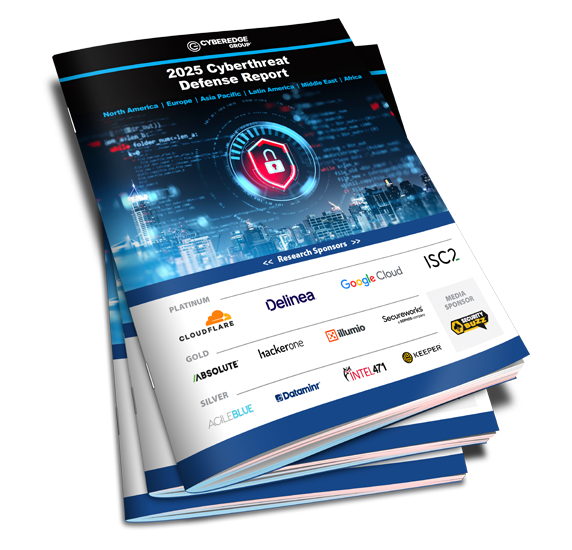Cybersecurity threats are evolving at an unprecedented pace, presenting significant challenges for organizations worldwide. The CyberEdge 2025 Cyberthreat Defense Report (CDR), sponsored in part by Dataminr, provides a comprehensive analysis of the current cybersecurity landscape, drawing on insights from 1,200 IT security professionals across 17 countries and 19 industries. This report offers crucial data and trends to help organizations benchmark their security strategies and stay resilient against emerging threats.
The Rise and Plateau of Cyber Attacks
The percentage of organizations experiencing at least one successful cyber attack within the past year has stabilized at 81.6%, marking a slight but important decline from previous years’ peaks. However, 64% of respondents believe a successful attack is likely in 2025, reflecting persisting concerns despite the decrease in attacks. Notably, certain regions and industries remain more vulnerable, with countries like Colombia, Turkey, and South Africa reporting considerably higher attack success rates.
Significant data trends are as follows:
- 82% of organizations experienced a cyber attack in 2024.
- 20.8% of organizations were hit six or more times, while 7.9% faced over ten attacks in the past year.
- Countries like the U.S. and Canada reported lower attack rates, reflecting geographical disparities in threat exposure.
Ransomware Incidents Decline, but Risks Persist
For the second consecutive year, ransomware incidents have decreased, dropping to 63% of affected organizations in 2024 from 73% in 2022. However, the average ransom demand continues to rise, and only 54% of those who paid ransoms successfully recovered their data. This troubling trend underscores the importance of robust data recovery and protection measures.
Key insights include:
- A 22% drop in organizations paying ransom since 2022.
- Improvement in ransomware resilience among enterprises coincides with global law enforcement actions and better defensive tools.
Artificial Intelligence (AI) as a Game Changer in Cybersecurity
AI is increasingly transforming the security landscape, with 84% of organizations expressing a preference for solutions powered by AI. From detecting advanced threats to reducing false positives, AI is empowering teams to stay ahead of threat actors. However, adversaries are also leveraging AI, intensifying an arms race that demands constant vigilance.
AI highlights in the cyber space are:
- AI is embedded across diverse security areas like anomaly detection, fraud prevention, and behavioral analytics.
- 36% of respondents plan to deploy advanced AI security analytics in 2025.
Skills Shortages and Budgetary Challenges
The ongoing talent shortage remains the top barrier to effective cybersecurity, paired with low employee security awareness. While IT security budgets are projected to grow by 4.3% in 2025, this marks the smallest increase since 2021, reflecting tighter economic conditions.
Organizations are facing critical challenges, such as:
- 55% of respondents cite a lack of skilled personnel as the biggest obstacle.
- Only 1 in 8 IT dollars is allocated to cybersecurity, highlighting budget constraints.
- Employee training remains a critical yet underfunded area, emphasizing the need for ongoing awareness programs.
Hybrid Multi-Cloud and Identity Security Take Center Stage
With 94.6% of organizations operating within hybrid multi-cloud environments, managing identities and access across platforms has become paramount. Identity-related threats and misconfigurations are focal points, with 98% of organizations planning improvements in identity security in 2025.
The report found the following identity security trends:
- Top priorities include extending multi-factor authentication (MFA) and detecting identity-related threats.
- The explosion of non-human identities (e.g., devices, applications) requires targeted solutions.
The Impact of Zero Trust Implementation
Zero Trust principles are delivering tangible results. A striking 85.7% of respondents acknowledge that Zero Trust Network Access (ZTNA) has enhanced their ability to defend against sophisticated threats. This framework’s adoption demonstrates its role as a foundational component of modern cybersecurity strategies.
Advanced Tools and Technologies in High Demand
Organizations are increasingly adopting advanced tools to strengthen their defenses. Key technologies include:
- Endpoint detection and response (EDR): Used by 54.5% of organizations.
- Application security testing: Planned acquisitions of the tool surged to 37.4%.
- Bot management: 40.5% of organizations plan to implement this capability.
Benchmark Your Cybersecurity Strategy
The 2025 Cyberthreat Defense Report provides unparalleled insights into how organizations worldwide are responding to cyberthreats. By examining current security postures, investments, and concerns, IT leaders and decision makers can benchmark their strategies and make informed decisions for the future.

2025 Cyberthreat Defense Report
To gain access to detailed data, trends, and actionable recommendations to protect your organization against evolving cyber risks, download the full report now.
Download Report



